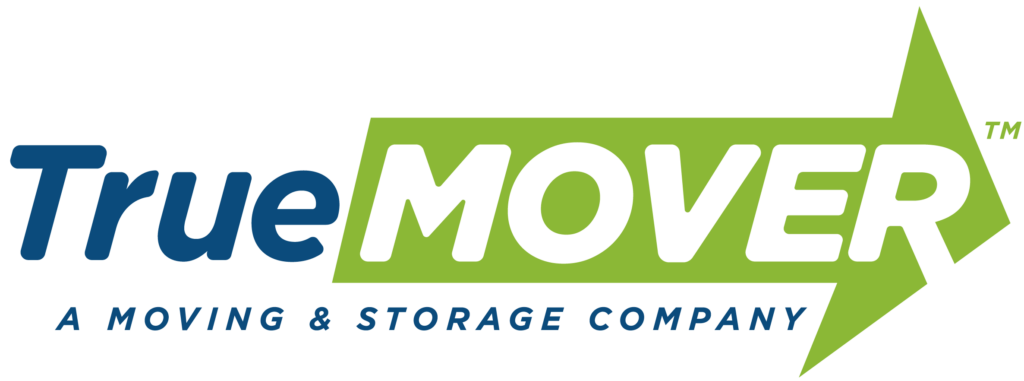Relocating to a new office is an exciting milestone for any business, but without a solid plan, it can quickly become overwhelming. One would think that moving is simple–all the things in location A go to Location B. Right?
A smooth transition actually requires careful preparation, coordination, and attention to detail. Whether you’re upgrading to a larger space, moving to a more convenient location, or downsizing for efficiency, following a strategic checklist will help ensure minimal downtime and a seamless setup.
We don’t write these articles just because we love doing it. We’ve seen the frustration on the faces of business owners and employees when move day has come and there wasn’t a plan in place. Please take a moment or two to scan through this guide we’ve put together for you and your upcoming move.
1. Establish a Timeline and Budget
An office move isn’t something that happens overnight. We recommend that you start planning at least three to six months in advance, depending on the size of your business. Create a detailed moving timeline with key milestones, such as lease agreements, hiring a moving company, notifying stakeholders, and setting up utilities. Assign responsibilities to a designated move coordinator or a small team to ensure nothing falls through the cracks.
Budgeting is equally important. Beyond hiring a moving company, factor in expenses like security deposits, furniture, equipment upgrades, new signage, IT infrastructure, and possible downtime. Having a financial buffer for unexpected costs can prevent last-minute stress.
2. Notify Stakeholders and Update Your Address
A seamless transition means keeping everyone in the loop. Inform employees well in advance and provide regular updates to ensure they can prepare for the move. If your office is client-facing, send out notifications via email, social media, and your website to ensure customers know where to find you.
Update your business address everywhere:
- Google Business Profile and online directories
- Your website and social media pages
- Bank accounts, tax records, and insurance providers
- Printed materials such as business cards, letterheads, and marketing collateral
- Vendors, suppliers, and any subscription services
Consider setting up mail forwarding with the postal service to catch any correspondence sent to your old address.
3. Hire a Professional Moving Company
Here is where getting stuff from point A to point B comes in. Office moves require expertise that goes beyond just transporting boxes. A professional moving company that specializes in office relocations will ensure the process is efficient, will minimize downtime and can reduce the risk of damage to expensive office equipment.
When choosing a mover, consider the following:
- Experience with commercial relocations
- Availability of packing services and specialized handling for IT equipment
- Insurance and liability coverage
- A clear moving plan with a schedule that aligns with your business needs
TrueMover provides tailored office moving services designed to handle everything from furniture disassembly to setting up workstations in your new space.
4. Take Inventory of Office Equipment and Furniture
Moving to a new office is the perfect opportunity to reassess what your business truly needs. Over the years, offices accumulate everything from outdated equipment to stacks of files no one has touched in ages. Before packing a single box, take the time to go through each department and evaluate what’s worth bringing to the new space.
Start by walking through the office with a notepad or digital inventory tool. Make a list of everything—from desks and chairs to printers, filing cabinets, and kitchen supplies. You’ll likely find items that are broken, outdated, or simply unnecessary in the new office. There’s no point in hauling a bulky conference table that won’t fit your new meeting room or keeping old monitors collecting dust in a storage closet.
Once you’ve taken stock, it’s time to make decisions. If an item is still functional and will be useful in the new space, set it aside for packing. For anything outdated or redundant, consider donating it to a local nonprofit, reselling it through an office furniture vendor, or recycling it responsibly. Technology, in particular, should be handled carefully—many cities have e-waste programs that will safely dispose of old computers and office equipment.
A good rule of thumb? If no one in the office has used it in over a year, it’s probably not worth moving. By decluttering now, you’ll start fresh in your new office with only the essentials, creating a more efficient and organized workspace from day one.
5. Plan the New Office Layout
A well-thought-out office layout can improve productivity and workflow. Before moving in, create a detailed floor plan that accounts for:
- Desk and workstation arrangements
- Common areas such as break rooms, meeting spaces, and collaborative zones
- Storage and filing needs
- Power outlets, lighting, and accessibility requirements
- IT and network infrastructure, ensuring every department has the necessary connections
Sharing the new office layout with employees before moving day will help them visualize their workspace and reduce confusion during the transition.
6. Back Up and Secure Important Data
Protect sensitive business information by backing up all files and ensuring data security. Work with your IT team to create a plan for safely transferring computers, servers, and cloud-based systems.
7. Coordinate Packing and Labeling
Packing an office requires careful organization to avoid lost items and unnecessary delays. Create a labeling system that categorizes boxes by department and priority. Clearly mark essential items that need to be unpacked first, such as office supplies, IT equipment, and important documents.
Encourage employees to:
- Pack personal workspaces separately and label them with their names
- Secure any sensitive or confidential information
- Use color-coded labels or numbering systems to simplify unpacking
If your company has a large inventory of files, consider digitizing important records to reduce the volume of physical documents being moved.
8. Set Up Utilities and Services in Advance
Schedule the transfer or installation of essential utilities, including electricity, internet, phone systems, and security services. Confirm that everything is operational before employees arrive at the new office.
9. Schedule Office Cleanup and Final Walkthrough
Leaving your old office in good condition is essential, especially if you’re hoping to get a security deposit back. Schedule a professional cleaning service to handle carpets, windows, and general maintenance.
Before handing over the keys:
- Walk through every room to ensure nothing is left behind
- Take photos for documentation in case of lease disputes
- Verify that all items match the initial office inventory list
- Confirm that locks, keys, and security codes are returned as required
If there are any damages, address them promptly to avoid additional fees.
10. Communicate the Move and Welcome Employees
Once the move is complete, provide employees with an orientation of the new space, including emergency exits, meeting room locations, and any updated policies. Consider hosting a welcome event to celebrate the transition and boost morale.
We want you to have a great moving day and a fresh start in your new office. If you need expert assistance, TrueMover offers professional office moving services to help businesses relocate efficiently and stress-free. Contact us today for a customized moving plan tailored to your business needs.



